Snapdragon Variations: Growing Different Kinds Of Snapdragons
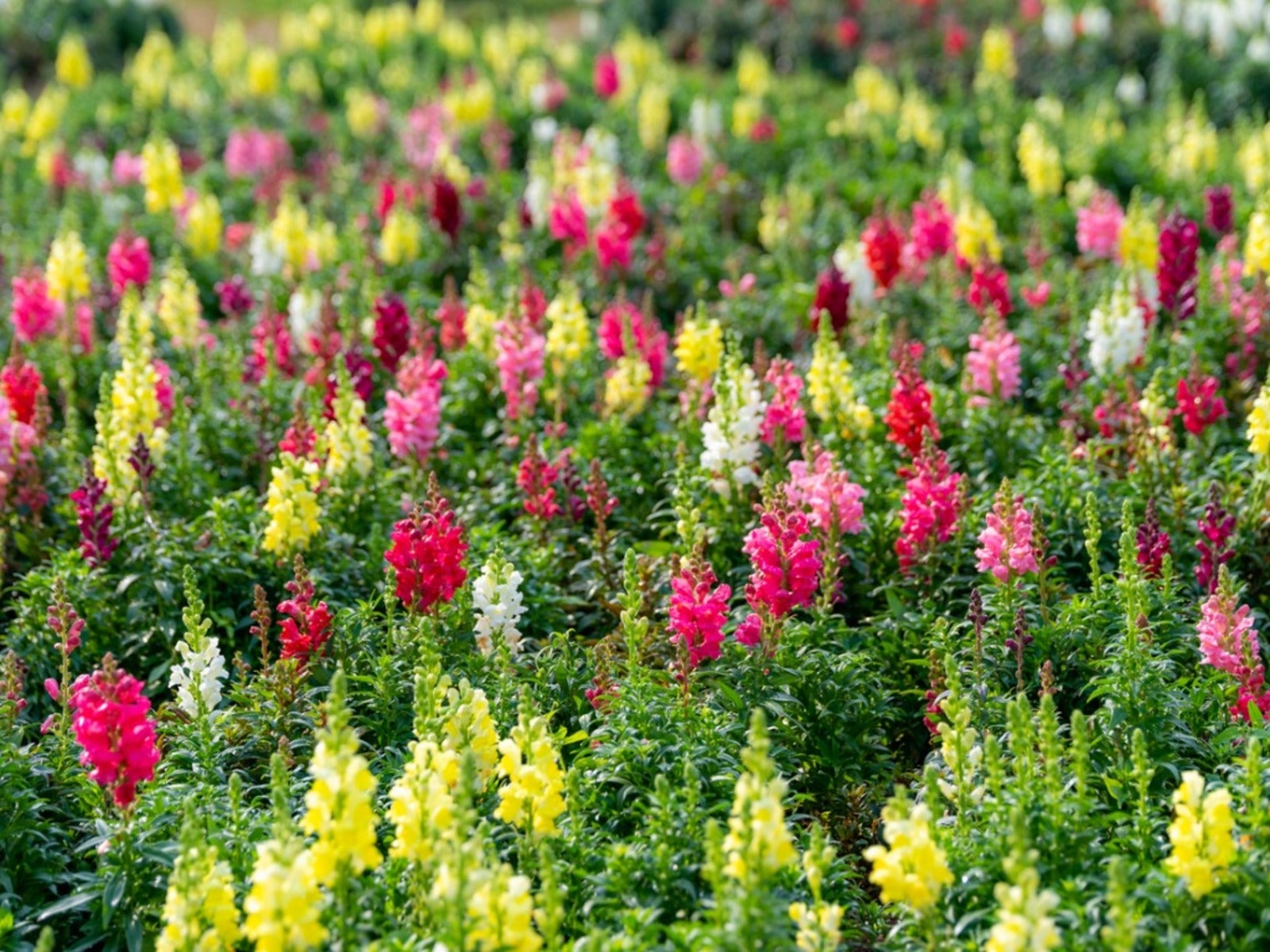
Many gardeners have fond childhood memories of opening and closing snapdragon flowers “jaws” to make them appear to talk. Besides the kid appeal, snapdragons are versatile plants whose many variations can find a place in almost any garden.
Almost all types of snapdragons grown in gardens are cultivars of the common snapdragon (Antirrhinum majus). Snapdragon variations within Antirrhinum majus include differences in plant size and growth habit, flower type, flower color, and foliage color. Many wild snapdragon species also exist, though they are rare in gardens.
Snapdragon Plant Varieties
Snapdragon plant types include tall, mid-size, dwarf, and trailing plants.
- Tall types of snapdragons are 2.5 to 4 feet (75 cm. to 1 m.) tall and are often used for cut flower production. These varieties, such as “Animation,” “Rocket,” and “Snappy Tongue,” require staking or other supports.
- Mid-size varieties of snapdragon are 15 to 30 inches (38-76 cm.) tall; these include “Liberty” snapdragons.
- Dwarf plants grow 6 to 15 inches (15-38 cm.) tall and include “Tom Thumb” and “Floral Carpet.”
- Trailing snapdragons make a lovely floral groundcover, or they can be planted in window boxes or hanging baskets where they will cascade over the edge. “Fruit Salad,” “Luminaire,” and “Cascadia” are trailing varieties.
Flower type: Most snapdragon varieties have single blossoms with the typical “dragon jaw” shape. A second flower type is the “butterfly.” These flowers do not “snap” but instead have fused petals that form a butterfly shape. “Pixie” and “Chantilly” are butterfly varieties.
Several double blossom varieties, known as double azalea snapdragons, have become available. These include the “Madame Butterfly” and “Double Azalea Apricot” varieties.
Flower color: Within each plant type and flower type several colors are available. In addition to the many single-color kinds of snapdragons, you can also find multicolored varieties like “Lucky Lips,” which has purple and white flowers.
Seed companies also sell seed mixes that will grow into plants with several colors, such as “Frosted Flames,” a mix of mid-sized snaps of many colors.
Gardening tips, videos, info and more delivered right to your inbox!
Sign up for the Gardening Know How newsletter today and receive a free copy of our e-book "How to Grow Delicious Tomatoes".
Foliage color: While most varieties of snapdragon have green foliage, “Bronze Dragon” has dark red to almost black leaves, and “Frosted Flames” has green and white variegated foliage.
Ilana Goldowitz Jimenez is a scientific and agricultural writer with a B.S. in Plant Sciences from Cornell University and a PhD in Chemical Biology and Infectious Disease from Harvard University.
-
 4 Superfast Composting Methods: Turn Waste Into Garden Gold In 30 Days Or Less
4 Superfast Composting Methods: Turn Waste Into Garden Gold In 30 Days Or LessTry the fastest composting methods to turbocharge your pile and transform kitchen scraps and garden waste into finished compost in just a few weeks.
By Mary Ellen Ellis
-
 Best Spider Plant Soil – Complete Soil Guide And Expert Tips For Keeping Plants Happy
Best Spider Plant Soil – Complete Soil Guide And Expert Tips For Keeping Plants HappySpider plants are fun and easy plants to grow, but what is the best soil for a spider plant? Selecting the right soil is important so they can thrive.
By Bonnie L. Grant
-
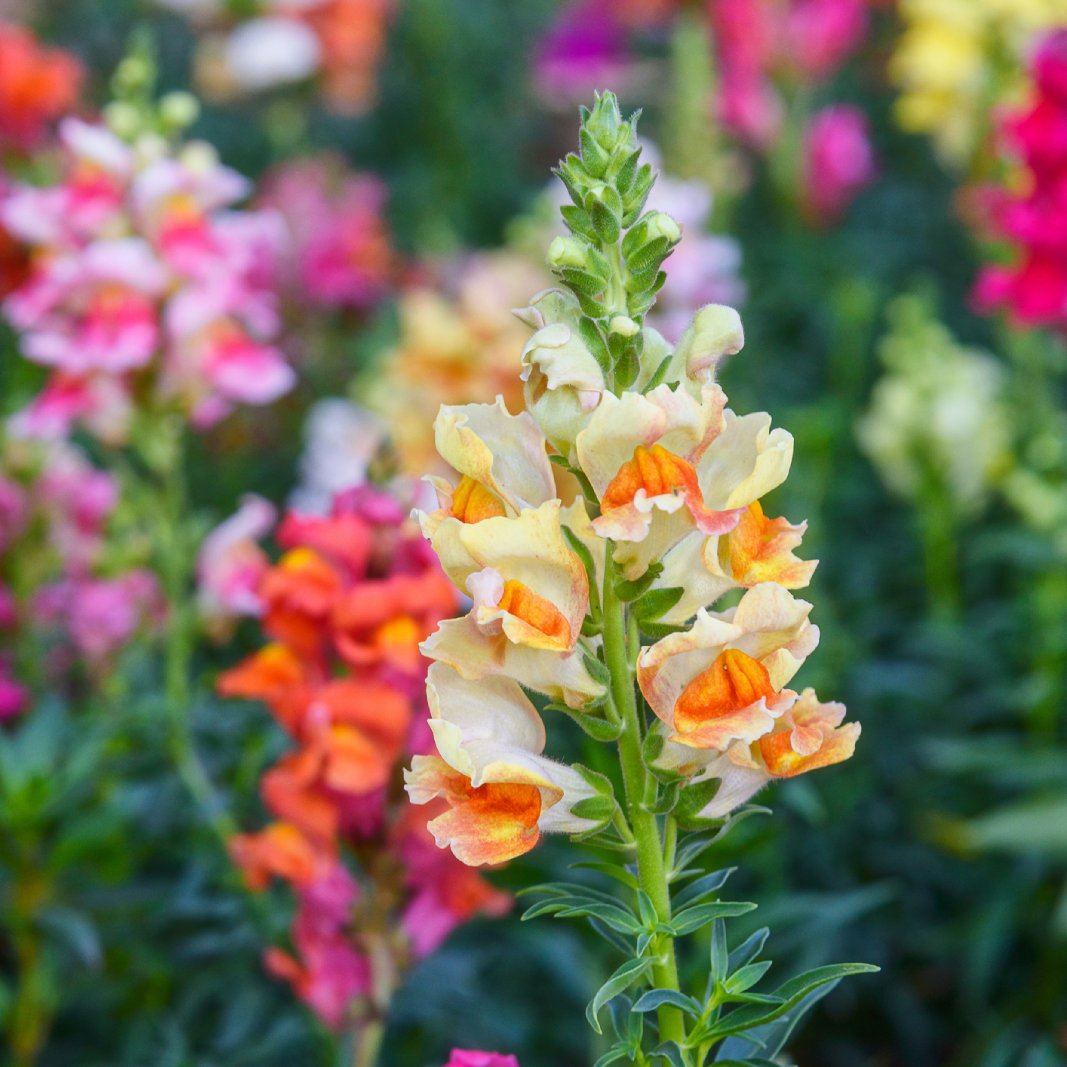 When And How To Harvest Snapdragon Seeds For Years Of Blooms
When And How To Harvest Snapdragon Seeds For Years Of BloomsLearn how to harvest snapdragon seeds to replenish those frilly, familiar garden flowers for everything from weddings to beautiful bouquets on your table.
By Mary Ellen Ellis
-
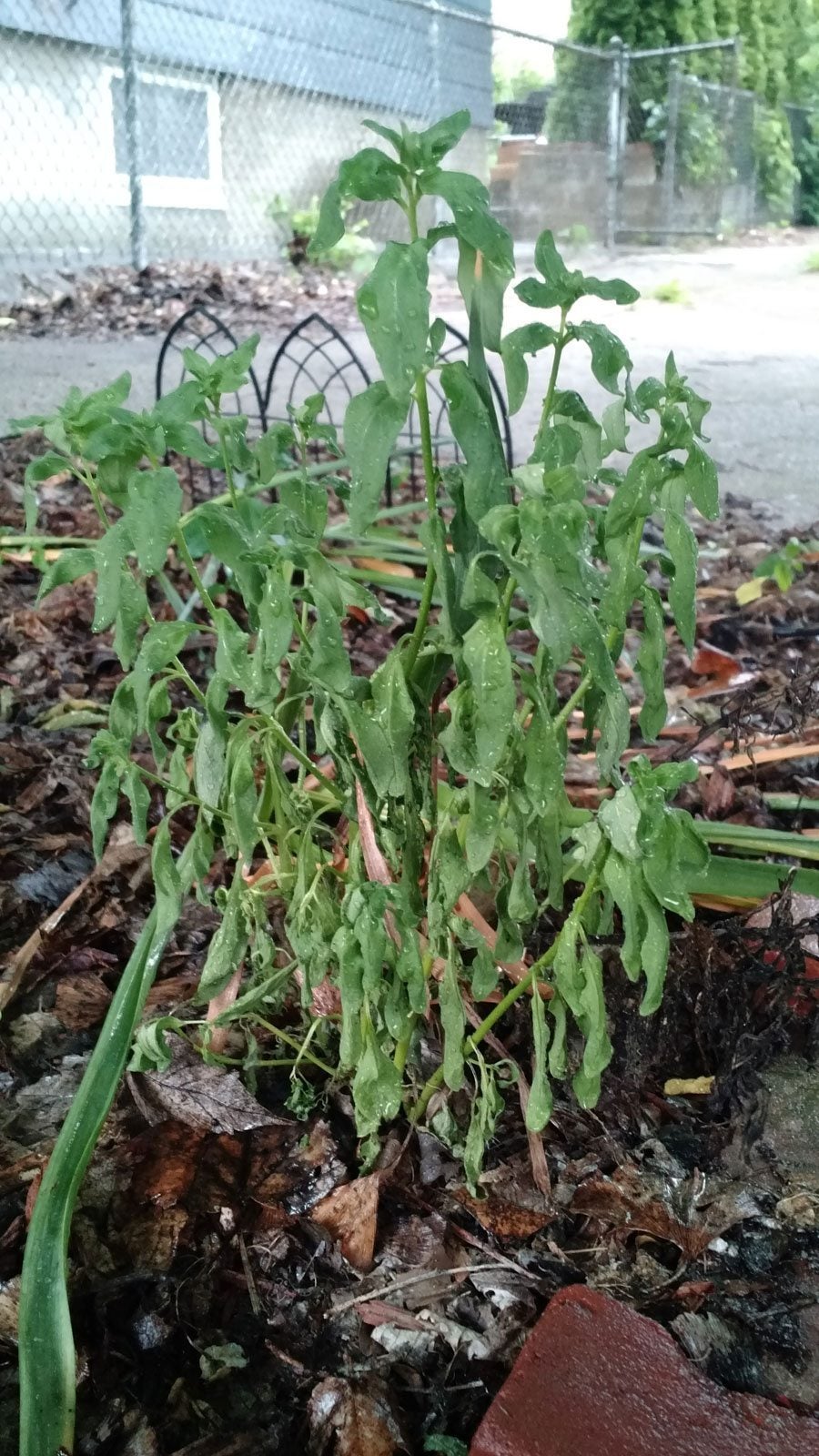 Why Do Snapdragons Wilt: Learn What Causes Wilting Snapdragons
Why Do Snapdragons Wilt: Learn What Causes Wilting SnapdragonsWhat can you do when your beautiful snapdragons start to hang their heads in despair? Start by reading this article, then get to work in the garden! Click here for information on why snapdragons plants wilt so you can begin fixing the problem.
By Kristi Waterworth
-
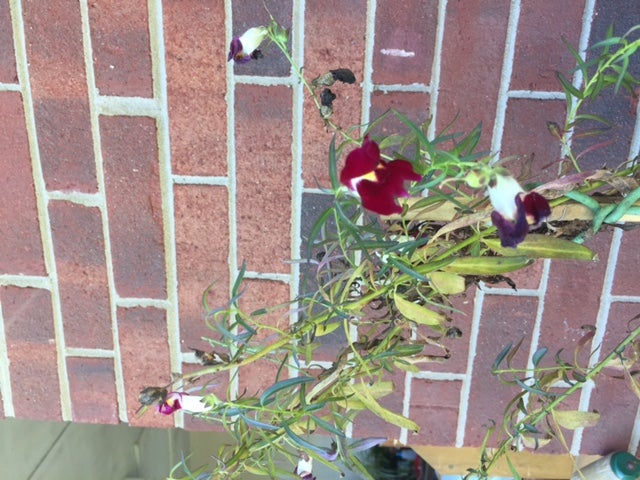 Fixing Issues With Snapdragons – How To Deal With Snapdragon Problems
Fixing Issues With Snapdragons – How To Deal With Snapdragon ProblemsSnapdragons are fanciful plants that delight and inspire wonder in people of all ages, but they can also suffer from a number of problems. As a snapdragon keeper, it's your duty to learn more about the problems your plants can suffer, so click here to begin your journey.
By Kristi Waterworth
-
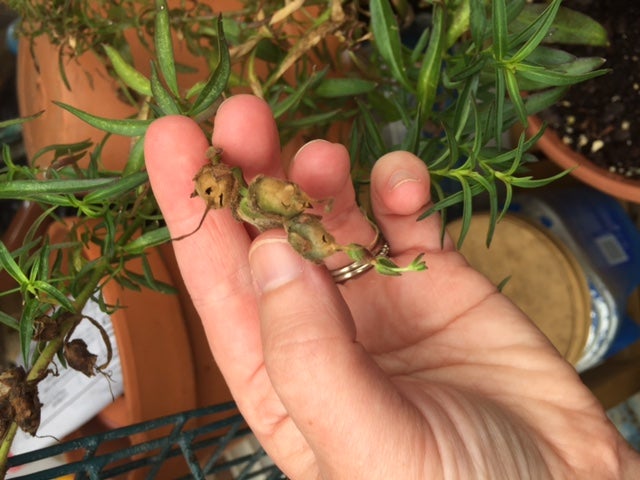 Propagating Snapdragons – Learn How To Propagate A Snapdragon Plant
Propagating Snapdragons – Learn How To Propagate A Snapdragon PlantSnapdragons are beautiful tender perennial plants that put up spikes of colorful flowers in all sorts of colors. But how do you grow more snapdragons? Click this article to learn more about snapdragon propagation methods and how to propagate a snapdragon plant.
By Liz Baessler
-
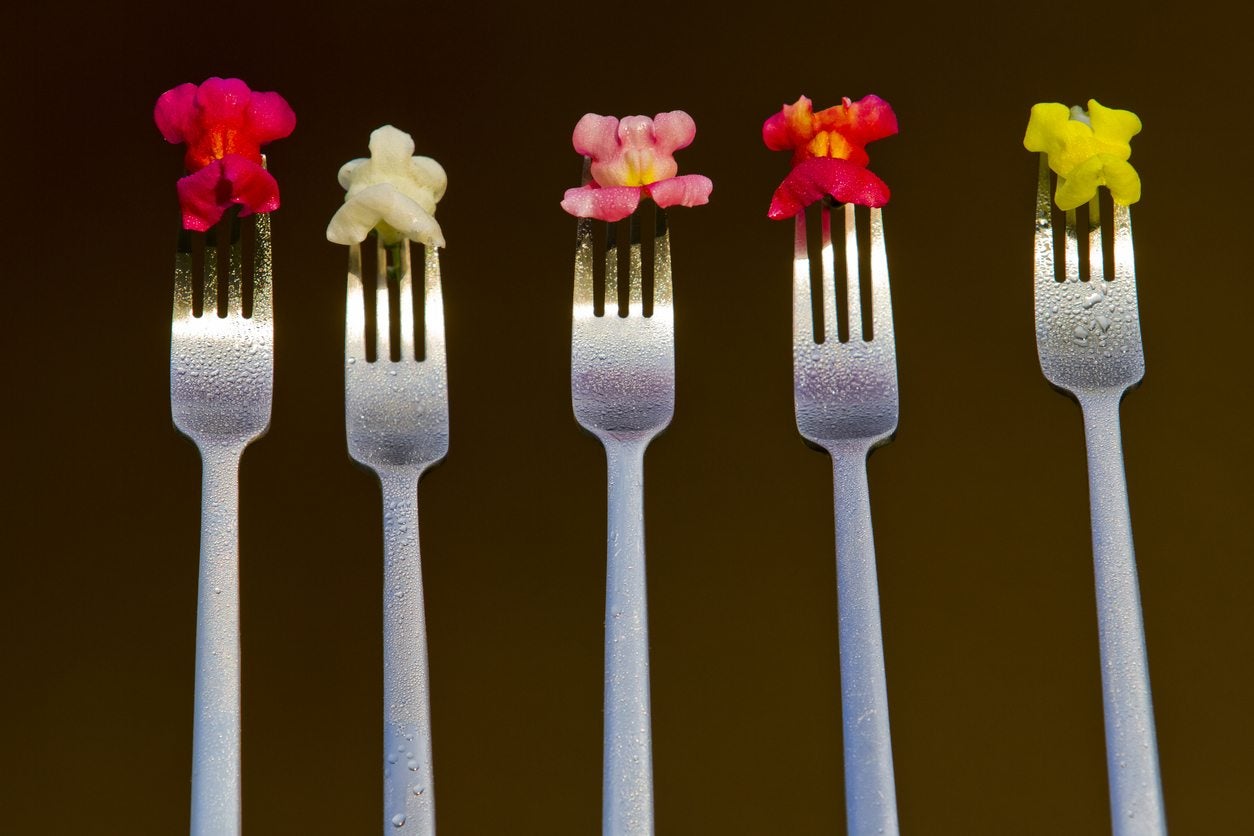 Are Snapdragons Edible – Information About Snapdragon Edibility And Uses
Are Snapdragons Edible – Information About Snapdragon Edibility And UsesEdible flowers are not a new trend. You are probably aware of some of the more common edible flowers, but how about snapdragon edibility? It's one of the more common garden flowers, but can you eat snapdragons? Find out in this article.
By Amy Grant
-
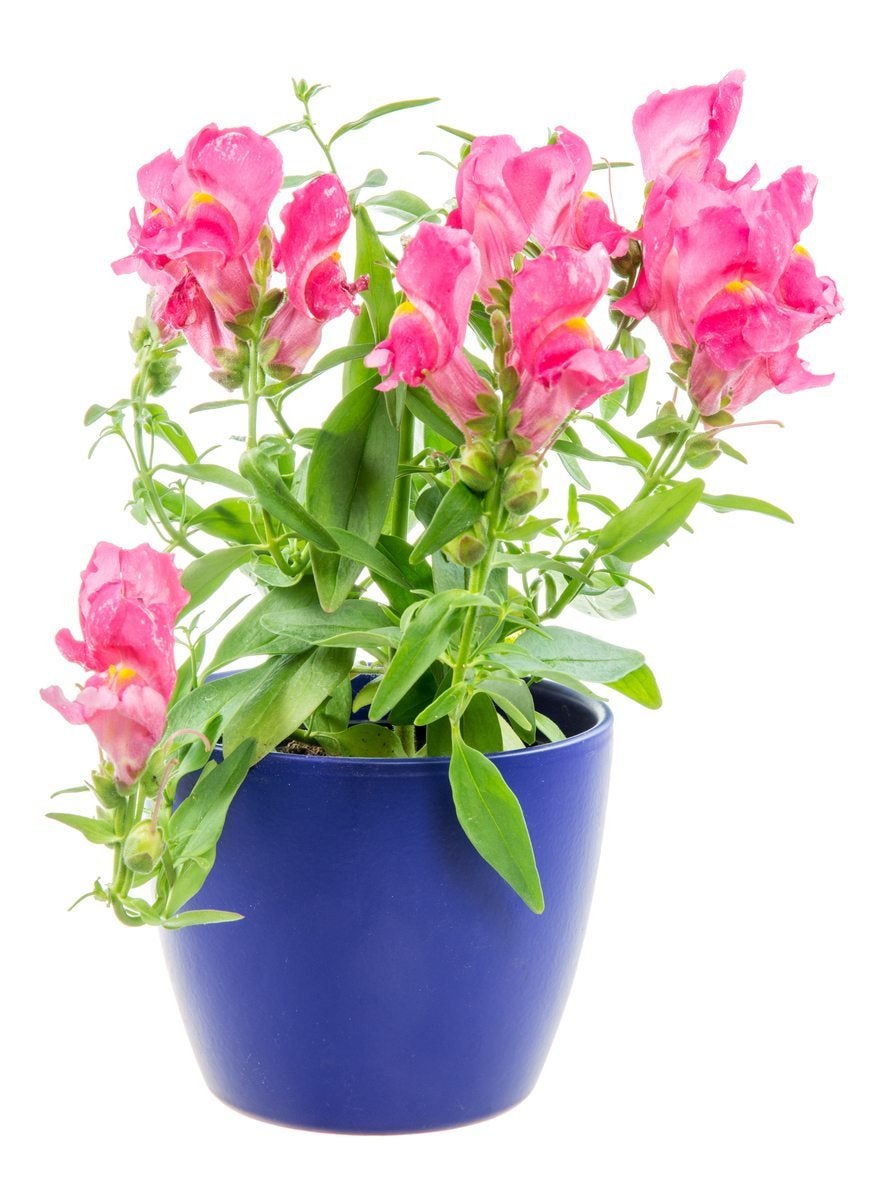 Growing Snapdragons In Pots – Tips For Snapdragon Container Care
Growing Snapdragons In Pots – Tips For Snapdragon Container CareSnapdragons are perennials, often grown as annuals, and produce a pretty and brightly-colored spike of flowers. While often used in beds, container grown snapdragons are another great garden, patio, and even indoor option. Learn more in this article.
By Mary Ellen Ellis
-
 Annual Vs. Perennial Snapdragon Plants: How Long Do Snapdragons Live
Annual Vs. Perennial Snapdragon Plants: How Long Do Snapdragons LiveThe most common question about snapdragons is: are snapdragons annual or perennial? The answer is that they can be both. You can learn more about how long snapdragons live by clicking this article for additional information.
By Darcy Larum
-
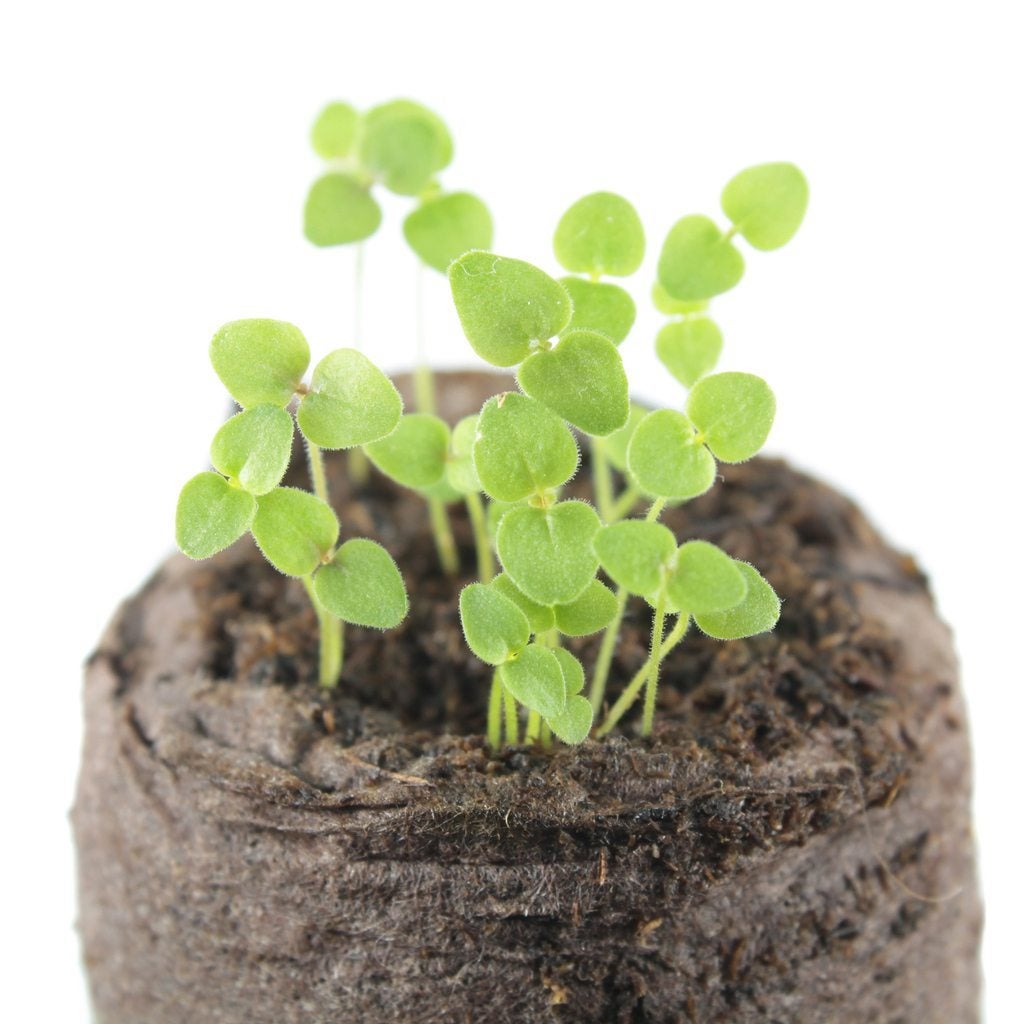 Seed Grown Snapdragons – How To Grow Snapdragons From Seed
Seed Grown Snapdragons – How To Grow Snapdragons From SeedOnce established, snapdragons are remarkably self-sufficient, but planting snapdragon seeds can be tricky. Want to try your hand at seed-grown snapdragons? Click on the following article to learn the basics of snapdragon seed propagation.
By Mary H. Dyer